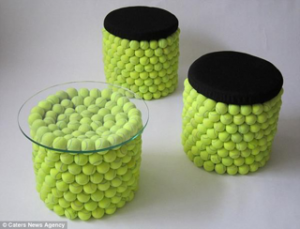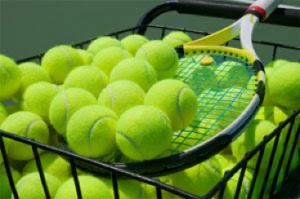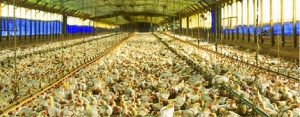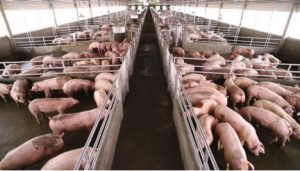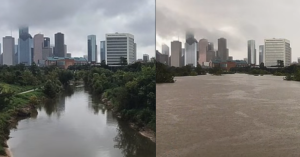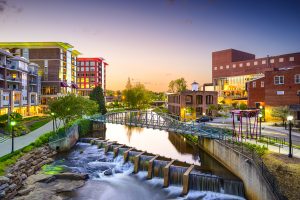Throughout my life, sustainability is not something that I have put on the top of my priorities. However, ever since moving into the Greenbelt community, it has allowed me to expand my horizons and be more consciously aware of how my actions are affecting the environment. There are multiple sustainable habits that I have begun to incorporate into my day to day life. When I go to the grocery store, I remember to bring my reusable bags instead of using the plastic bags. I also am more aware of my energy consumption by unplugging my electrical cords, doing bigger loads of laundry and doing them less often, and turning off the lights when I leave the room. I also try to watch my water consumption, which means taking showers that are shorter and making sure I don’t leave the water running when I brush my teeth or wash the dishes. All of these lifestyle changes seem so small but a collective action by everyone would have an extraordinary impact on the environment.
One of the main reasons that I want to be more sustainable is because I love to spend time in the outdoors. For as long as I can remember, my most memorable vacations with my family are the ones where we visited different locations within the United States National Park Service. My first time going to a National Park was Yellowstone in Wyoming where I got to watch the amazing hot geysers and view the bison roam. From that moment forward I was hooked, and I loved visiting the natural wonders of the place that I call home. Ever since then, I have been on amazing adventures within the National Parks System from star-gazing in Yosemite, kayaking in the Everglades, walking along the water in Acadia, touring a cave in Wind Cave, hiking around Devil’s Tower, and trekking through Badlands. If we do not start practicing sustainable ways of living, then we might not have these amazing places for future generations. As for me, I am going to do my part to ensure that I can continue my love for traveling to all of these places.
– Emily Shafer


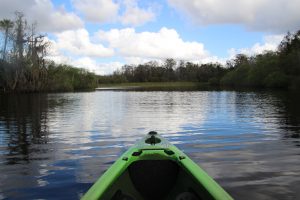


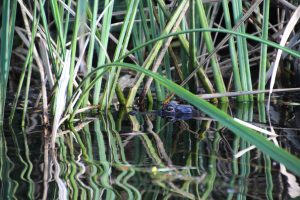
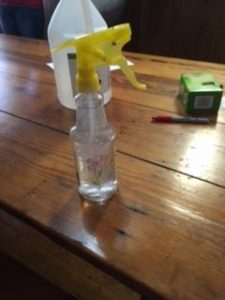
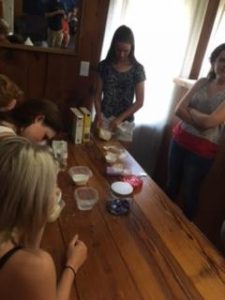
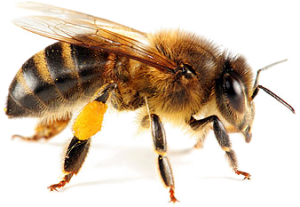
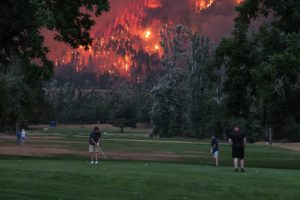 As Hurricane Harvey inundated regions of the southern United States with more than 40cm of rain, Hurricane Irma and Jose trailed behind just weeks later, striking Florida and coastal North Carolina. It has now been reported that Hurricane Maria, a Category 5 Hurricane, is positioned to run through Puerto Rico, Turks and Caicos and the Dominican Republic. On top of this exceedingly strong hurricane season, wildfires in
As Hurricane Harvey inundated regions of the southern United States with more than 40cm of rain, Hurricane Irma and Jose trailed behind just weeks later, striking Florida and coastal North Carolina. It has now been reported that Hurricane Maria, a Category 5 Hurricane, is positioned to run through Puerto Rico, Turks and Caicos and the Dominican Republic. On top of this exceedingly strong hurricane season, wildfires in 